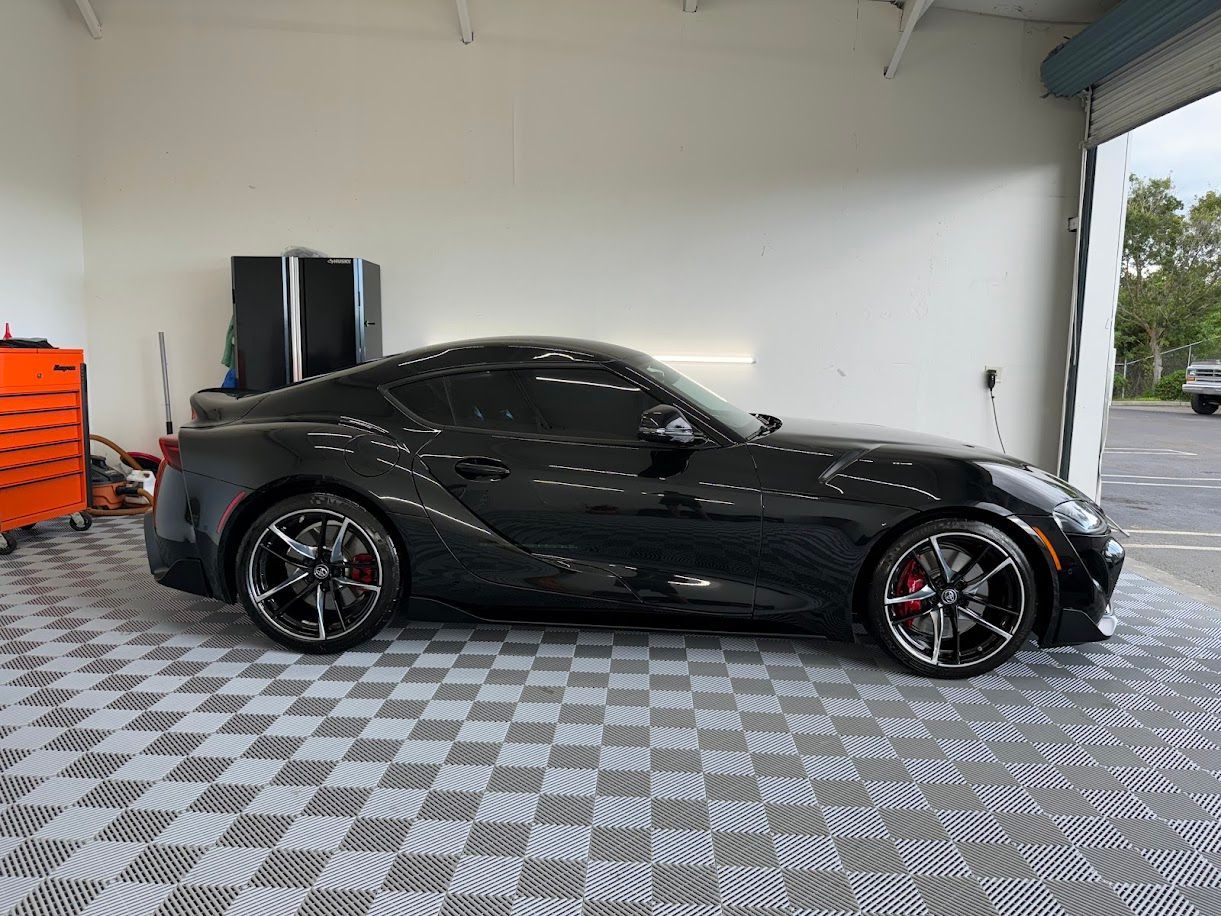Florida Window Tint Laws 2025: Full Legal Guide For Car Owners
If you're considering window tinting in Florida, it’s important to understand the laws so you don’t end up with a ticket. This guide will help car owners get all the information they need about Florida’s window tint laws in 2025.
Why Window Tinting Laws Matter
Window tint laws exist to ensure safe visibility for drivers and law enforcement. If the film is too dark or too light, it can obscure visibility and make it difficult to detect hazards. These rules are intended to keep everyone comfortable while ensuring road safety.
Understanding Florida’s Legal Tint Percentages
Visible Light Transmission (VLT) measures how much light passes through your car's windows. The lower the VLT percentage, the darker the tint. Florida's sunny weather makes window tinting a popular choice. But it's essential to stick to the legal limits for safety.

Key Updates To Florida's Window Tint Laws For 2025
In 2025, while VLT percentages remain the same, police might start using portable tint meters more often. Updated guidelines will also help officers give tickets if your tint is too dark or not done correctly.
Tint Darkness For Sedans
For sedans, Florida's VLT laws are specific to each window:
- Windshield: Non-reflective tint is allowed above the AS-1 line
- Front Side Windows: Minimum 28% VLT
- Back Side Windows: Minimum 15% VLT
- Rear Window: Minimum 15% VLT
Tint Darkness For SUVs And Vans
SUVs and vans have slightly more flexibility for rear windows:
- Windshield: Non-reflective tint is allowed above the AS-1 line
- Front Side Windows: Minimum 28% VLT
- Back Side Windows: Minimum 6% VLT
- Rear Window: Minimum 6% VLT
Window Tint Reflection In Florida
In addition to darkness, Florida law regulates how reflective your window film can be. Reflective tints reduce heat and glare, but too much can cause visibility issues for other drivers. All vehicles must comply with these limits to ensure road safety.
Tint Reflection For Sedans
- Front Side Windows: Cannot be more than 25% reflective
- Back Side Windows: Cannot be more than 35% reflective
Tint Reflection For SUVs And Vans
- Front Side Windows: No more than 25% reflective
- Back Side Windows: No more than 35% reflective
Other Florida Tint Rules And Regulations
Beyond light transmission and reflectivity, Florida tinting laws include a few extra compliance requirements.
- Side Mirrors: If your rear window is tinted, your vehicle must have dual side mirrors.
- Restricted Colors: Tints in red, blue, or amber are not allowed on any vehicle window.
- Certificates: Florida does not require window film manufacturers to certify their products for sale or use.
- Stickers: All tinted vehicles must have a sticker on the inside of the driver's side door jamb indicating compliance.
- Medical Exceptions: If you have a medical reason that needs more window shade, there are exceptions. Look up Florida laws or ask your doctor about how to apply.
Reasons To Tint Your Car In Florida
Florida's harsh weather makes window tinting a smart choice. Here are some key benefits:
- UV and Heat Protection: High-quality tints block harmful UV rays and reduce interior heat, keeping passengers cool and protecting your dashboard and seats from sun damage.
- Glare Reduction: Tinted windows reduce blinding glare from the sun and oncoming headlights, improving safety and comfort.
- More Privacy: Tinting your car adds a sleek, modern look while preventing people from seeing into your vehicle.
- Interior Protection: Tint slows fading and cracking of your car’s interior materials, helping preserve your vehicle’s value over time.
Legal Disclaimer
This article is just for information and isn’t legal advice. If you have specific legal questions or concerns, check the Florida Statutes or reach out to your local DMV.
Book Window Tinting Near Me Today
Ready to upgrade your car with legal, professional tint? Aaron’s Automotive Detailing offers Florida-compliant window tinting service that meets all 2025 regulations. Schedule your appointment today and hit the road with style and peace of mind.

